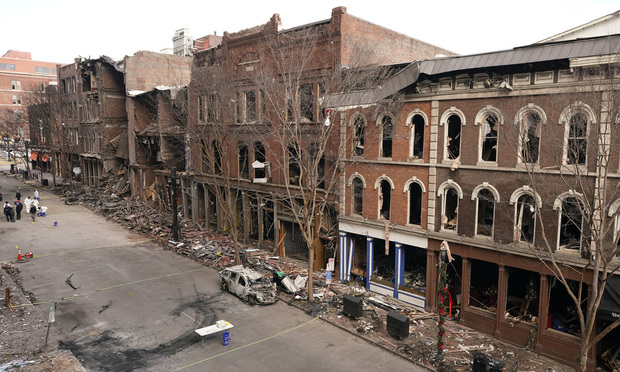 Law enforcement officials have not yet determined whether the Christmas Day bombing in Nashville will be designated as an act of terrorism. Such a designation could impact how the event is insured. (Photo: Associated Press)
Law enforcement officials have not yet determined whether the Christmas Day bombing in Nashville will be designated as an act of terrorism. Such a designation could impact how the event is insured. (Photo: Associated Press)
As the rollout of different COVID-19 vaccines provides a glimmer of hope, 2021 is still likely to be an incredibly challenging year. The pandemic has generated tremendous economic and political uncertainty, which has long been the breeding ground for disaffection and radicalization. Even as life regains some degree of normality, there is the very real possibility of a resurgence in terrorism attacks of various kinds, by both groups and individuals driven by different motivating factors.
Recommended For You
Want to continue reading?
Become a Free PropertyCasualty360 Digital Reader
Your access to unlimited PropertyCasualty360 content isn’t changing.
Once you are an ALM digital member, you’ll receive:
- Breaking insurance news and analysis, on-site and via our newsletters and custom alerts
- Weekly Insurance Speak podcast featuring exclusive interviews with industry leaders
- Educational webcasts, white papers, and ebooks from industry thought leaders
- Critical converage of the employee benefits and financial advisory markets on our other ALM sites, BenefitsPRO and ThinkAdvisor
Already have an account? Sign In Now

